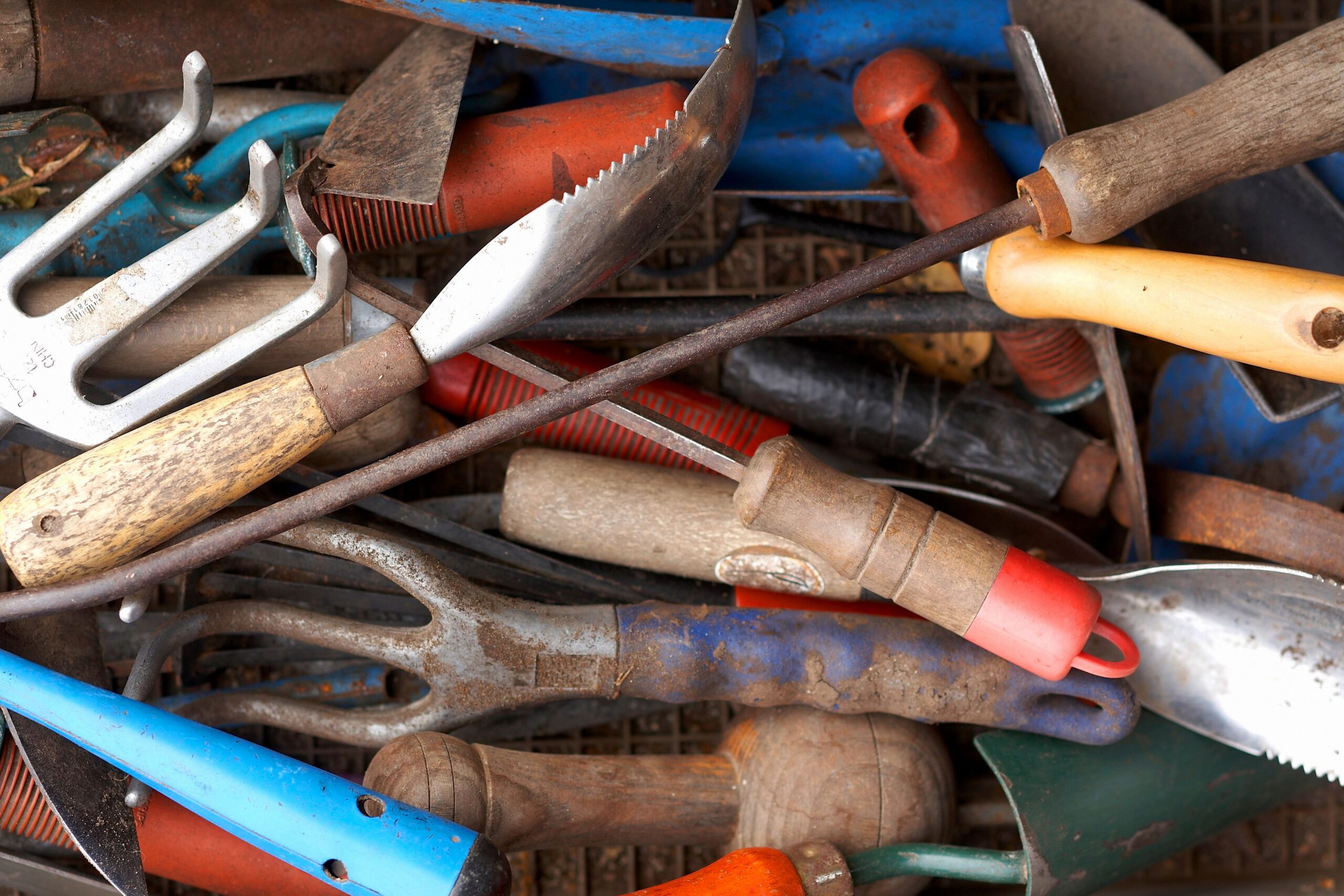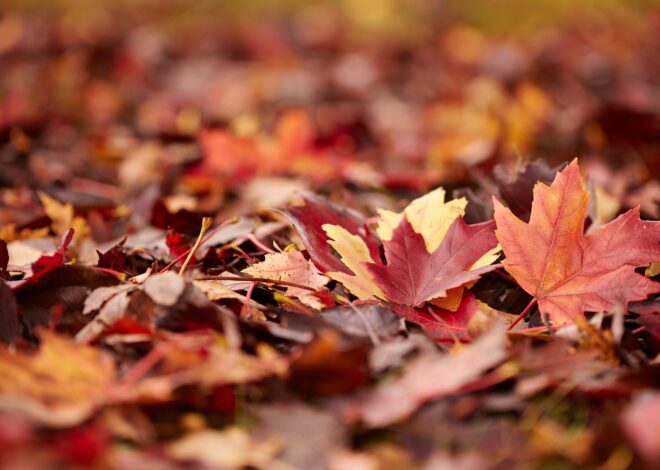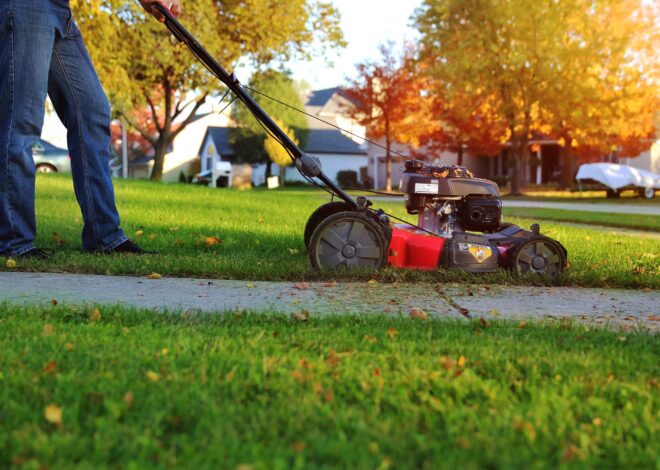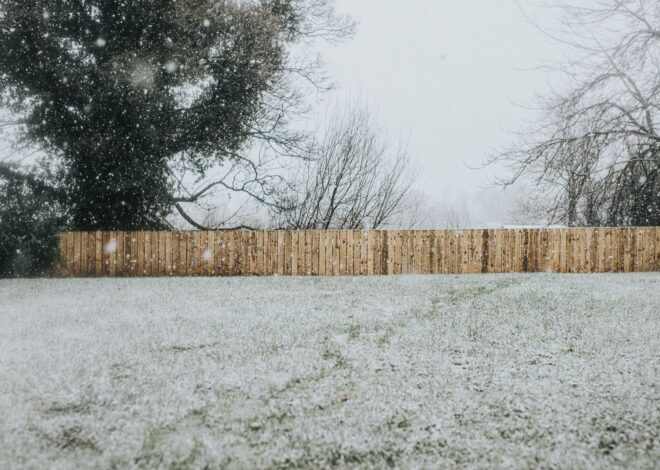
Methods to Clear Backyard Instruments in 5 Simple Steps
Backyard instruments can maintain numerous put on and tear through the rising season, so cleansing and sustaining them is important in order for you your instruments to final. Whereas it might be tempting to attend till spring to spruce up your shovels, pruners, and hoes, permitting filth to stay in your backyard instruments all winter might not be the perfect concept. Right here’s why it is best to at all times clear backyard instruments completely after the rising season, plus a step-by-step information for cleansing, sterilizing, and prepping your instruments for spring gardening.
When to Clear Backyard Instruments
Ideally, backyard instruments needs to be cleaned off after each use. However should you don’t have time to wash your instruments that recurrently, remember to correctly clear your instruments at the least every year and after working with pest-ridden or diseased crops.
Not solely do soiled instruments transmit fungi, micro organism, and viruses between crops, however filth and dirt can have an effect on the lifespan of instruments and make them extra susceptible to rust and pitting. Cleansing instruments in autumn or early winter is advisable as a result of it reduces the period of time that filth is left on instrument blades and limits rust points. Plus, doing this necessary job through the colder months ensures your instruments will likely be able to go for spring.
Methods to Clear Backyard Instruments
In the course of the busy spring and summer time months, you might simply want to clean off backyard instruments together with your hose or sterilize them with a sprig of rubbing alcohol. However should you’re on the finish of your rising season, it pays to indicate your instruments somewhat extra consideration. Right here’s the right way to make your instruments shine and prep them for a protracted winter’s relaxation.
Supplies Record:
- Bucket
- Metal wool
- Sandpaper
- Dish cleaning soap
- Vinegar
- Bleach or rubbing alcohol
- Clear rags
- Mineral oil
- Linseed oil (optionally available)
Step 1: Take away filth.
To begin, use a stiff brush or scraper to take away as a lot filth and dust off your instruments as potential.
Step 2: Soak.
Fill a bucket with scorching, soapy water and a squirt of dish cleaning soap. Soak your instruments within the bucket to loosen the remaining filth. Then scrub the filth away with a stiff brush. Dump out the bucket and rinse your instruments with contemporary water. Dry off your instruments with a rag or different clear fabric except rust is current (see subsequent step).
Step 3: Scrub away rust.
For rusty instruments, refill the bucket with 50% water and 50% distilled white vinegar. Place the rusty sections of your instruments within the bucket and soak the instruments for 12 to 24 hours to loosen the rust. Badly rusted instruments could must be taken aside so you may entry laborious to achieve spots. After soaking, dump out the water, scrub the rust away with metal wool or a stiff brush, and rinse the instruments with contemporary water. Completely dry your instruments to maintain rust from reforming.
After cleansing off filth and rust out of your backyard instruments, take just a few moments to sharpen edged instruments like shovels and hoes with a flat file. Use a whetstone to sharpen pruning shears and different blades. Put on gloves whereas sharpening to guard your palms and wipe off the instruments with a clear fabric if you’re executed.
Step 4: Sterilize.
Refill your bucket with 9 components water and 1 half bleach and soak the instruments within the combination for half-hour earlier than drying. Alternatively, you may spray your instruments with rubbing alcohol and permit that to air dry. Each of those sterilization strategies successfully kill pathogens in your instruments and can assist forestall the unfold of plant ailments subsequent spring.
Vinegar, rubbing alcohol, and bleach ought to by no means be combined collectively. For security, remember to completely rinse instruments and buckets after utilizing vinegar and sterilize with both rubbing alcohol or bleach, however not each!
Step 5: Add oil.
To maintain rust from reforming, wipe the steel sections of your instruments with a fabric soaked in mineral oil and add a drop or two of the oil to pruner bolts and different shifting components. Take away any extra oil with a clear fabric. In case your instruments have tough picket handles, clean the handles out with some sandpaper and apply linseed oil to the wooden to forestall drying and cracking. Instrument handles could must be changed in the event that they’re badly warped or cracked.


